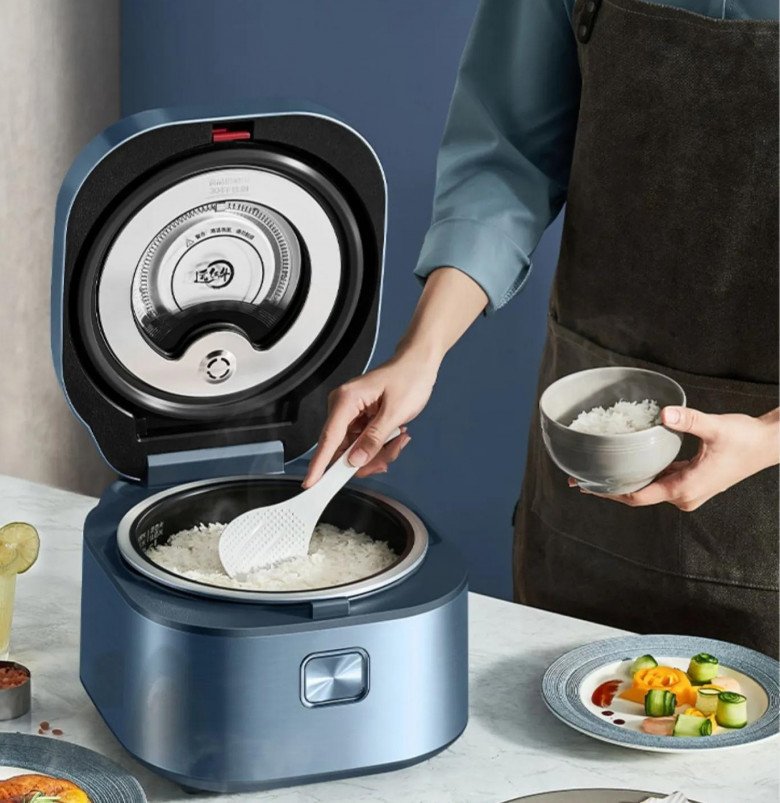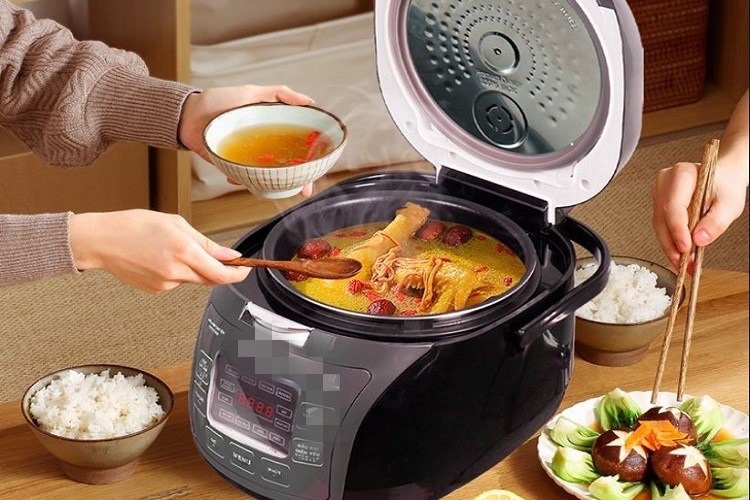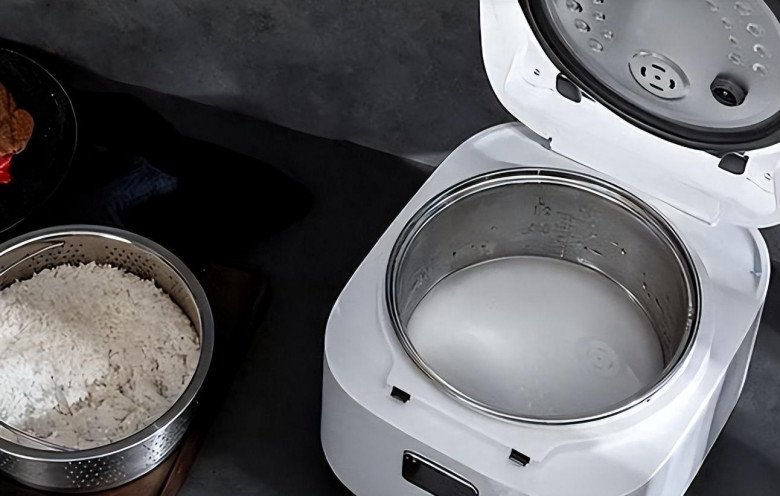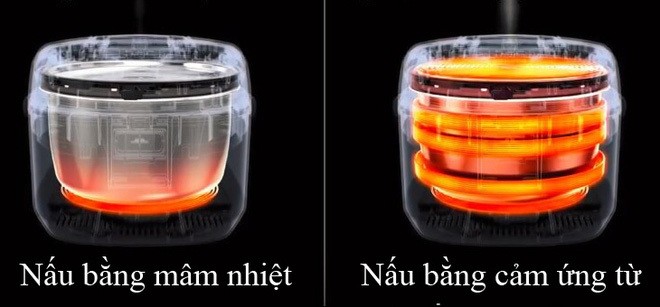Rice cookers are an essential appliance in many households, but with so many options on the market, it can be challenging to choose the right one. My journey of owning three different rice cookers has taught me a valuable lesson on what not to do when purchasing this kitchen essential.

1. Avoid rice cookers with complicated features
The primary function of a rice cooker should be to cook rice perfectly. Additional features like soup or porridge settings are unnecessary and can be achieved using other kitchen appliances. Complicated rice cookers tend to be more expensive and require more time and effort to master.
They can also be more challenging to maintain and repair due to their complex structures.

2. Steer clear of rice cookers that are too small or too large
A rice cooker that’s too small may not cook enough rice for your family in one go, leading to wasted time, effort, and energy. On the other hand, a rice cooker that’s too large can take up valuable counter space and cause the rice to stick to the pot, affecting its taste.
It’s best to choose a rice cooker based on your family’s needs and size. For instance, a 1-liter cooker is suitable for 1-2 people, while a 1-2 liter cooker is ideal for 2-4 people. Families of 4-6 people may require a 1.8-2.5 liter cooker, and those with more than six members should opt for a cooker with a capacity of over 2.5 liters.
Of course, it’s always a good idea to get a larger capacity cooker if possible, in case you have unexpected guests or want to use it for other dishes.

3. Don’t settle for an unknown brand
Rice cookers are essential to our daily cooking, and their quality directly impacts our diet and health. Therefore, it’s crucial to invest in a well-known brand that offers stable performance and high-quality materials.
Reputable brands often use premium materials like stainless steel or ceramic for the inner pot, ensuring excellent heat retention and preserving the food’s original flavor. Some high-end brands even offer features like timers and remote control functions, making the cooking process more convenient and efficient.
Additionally, branded rice cookers usually come with better and longer warranty periods.

4. Avoid rice cookers that use a heat plate
The secret to perfectly cooked rice lies in how the rice cooker controls the temperature. There are three common methods: heating the frame (heat plate), three-dimensional heating, and electromagnetic heating (induction heating rice cooker).
Among these, it’s best to avoid rice cookers that use a heat plate. These cookers heat the bottom of the pot first, and the heat then transfers to the sides and top. This method often results in unevenly cooked rice, with the bottom layer overcooked and the top layer undercooked, making temperature control challenging.
Three-dimensional heating is similar to heat plate cooking, but the inner pot has a spherical or concave design, increasing the heating area and speeding up the cooking process.

Induction heating rice cookers, on the other hand, operate based on electromagnetic induction, directly heating the entire inner pot. This creates a heat vortex that continuously stirs the rice, ensuring even heating and consistent flavor in each grain. Temperature control is also more precise with this method.
While induction heating rice cookers tend to be more expensive, they are well worth the investment for the superior results they deliver.






































